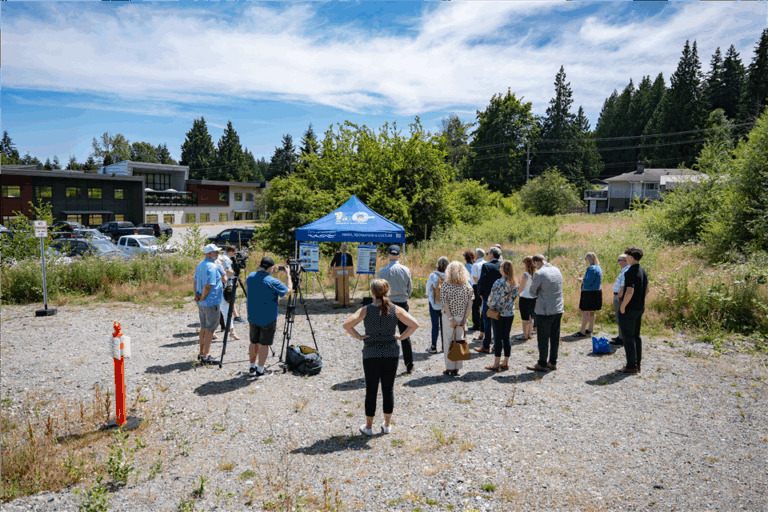Natural Resources Canada and the Federation of Canadian Municipalities (FCM) announced an investment of $1 million dollars through FCM’s Green Municipal Fund (GMF) to help reduce greenhouse gas (GHG) emissions and improve the quality of water and land in communities across Alberta.
“Local green solutions create jobs, lower emissions and build a more prosperous and sustainable economy for all. This is how we get to net-zero by 2050,” stated Seamus O’Regan Jr., Minister of Natural Resources.
“With support from the Green Municipal Fund municipalities of all sizes are implementing smart low-carbon solutions,” added FCM’s president, Joanne Vanderheyden. “Empowering this local expertise is vital to meeting Canada’s climate goals. When orders of government work together to reduce emissions, we’re building more resilient communities.”
The Town of Crossfield will receive $363,950 to test whether Swirltex Lagoon Unit technology can eliminate the need for constructing additional lagoon cells at the town’s existing water treatment facility. This would meet the demand of a growing population and enhance water quality in the Nose Hill watershed.
Brazeau County will receive $260,880 for a pilot project to assess the use of constructed floating wetlands to treat municipal sewage in waste stabilization ponds and improve the quality of wastewater before it is discharged into the environment.
The University of Calgary supported by the City of Calgary will receive $175,000 to conduct a feasibility study on decarbonizing the university’s main campus district energy system which is responsible for approximately 60 percent of its annual GHG emissions.
The City of Leduc will receive $135,690 to assess environmental site conditions and develop a risk management or remedial action plan for its Public Services Main Shop and Public Services Storage Yard. Previous studies identified high chloride concentration and the presence of a chloride plume originating from the study area and migrating into nearby Telford Lake.
The City of Brooks will receive $82,000 in funding to undertake a feasibility study to determine whether significant capital and operating cost savings can be achieved through the design of an innovative wetland-based wastewater treatment system. This would address the insufficient storage capacity of the current wastewater lagoons that are also in breach of provincial regulatory requirements.
The Town of Canmore will receive $42,050 in funding to conduct a study to identify renewable energy or low-carbon energy projects that it could pursue to meet its greenhouse gas emission reduction targets. Along with the expected GHG reductions, the study will examine the technical feasibility and financial and risk implications associated with each possible project.
The Town of High River will receive $35,150 to conduct a technical and financial feasibility study of constructing a pedestrian and cyclist bridge across the Highwood River to enhance the community’s connectivity and activity.
Featured image: The 13MW cogeneration plant on the University of Calgary’s main campus. (Stantec)











